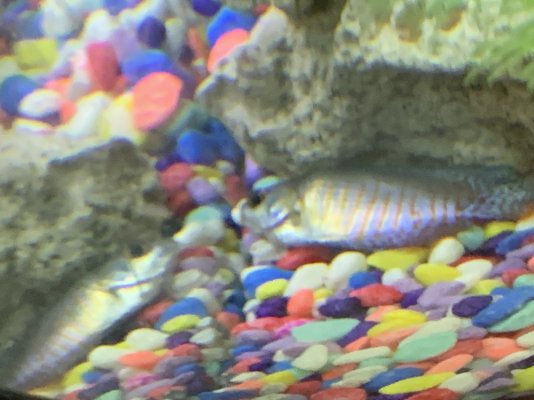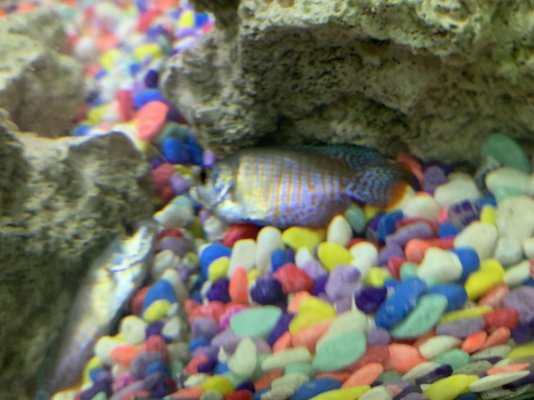Please help!
I’ve had my aquarium for years but realised I wasn’t as educated at keeping fish as I should be,and I’m trying to rectify this.I feel very sad about this and hope I can do better going forward.
I completely cleaned and re-set up my empty tank a few months ago,and started with 3 dwarf gourami.They were fine to start with,but then 2 of them died quite close together after a month or so.The 3rd seemed fine,and has been for a few months,but yesterday they started lying on the bottom of the tank,on their side and breathing rapidly.
I’ve checked water parameters and temperature and it’s normal.I’ve been doing regularly partial water changes,feeding sparingly and changing filter pads.I’ve done some reading and it could be iridovirus - but how could it contract it when it’s been on its own for months?(I thought introducing new fish to a single fish where there was potential disease wouldn’t be right?)
I’d be grateful to hear any thoughts around what is happening here please?
I’ve had my aquarium for years but realised I wasn’t as educated at keeping fish as I should be,and I’m trying to rectify this.I feel very sad about this and hope I can do better going forward.
I completely cleaned and re-set up my empty tank a few months ago,and started with 3 dwarf gourami.They were fine to start with,but then 2 of them died quite close together after a month or so.The 3rd seemed fine,and has been for a few months,but yesterday they started lying on the bottom of the tank,on their side and breathing rapidly.
I’ve checked water parameters and temperature and it’s normal.I’ve been doing regularly partial water changes,feeding sparingly and changing filter pads.I’ve done some reading and it could be iridovirus - but how could it contract it when it’s been on its own for months?(I thought introducing new fish to a single fish where there was potential disease wouldn’t be right?)
I’d be grateful to hear any thoughts around what is happening here please?



